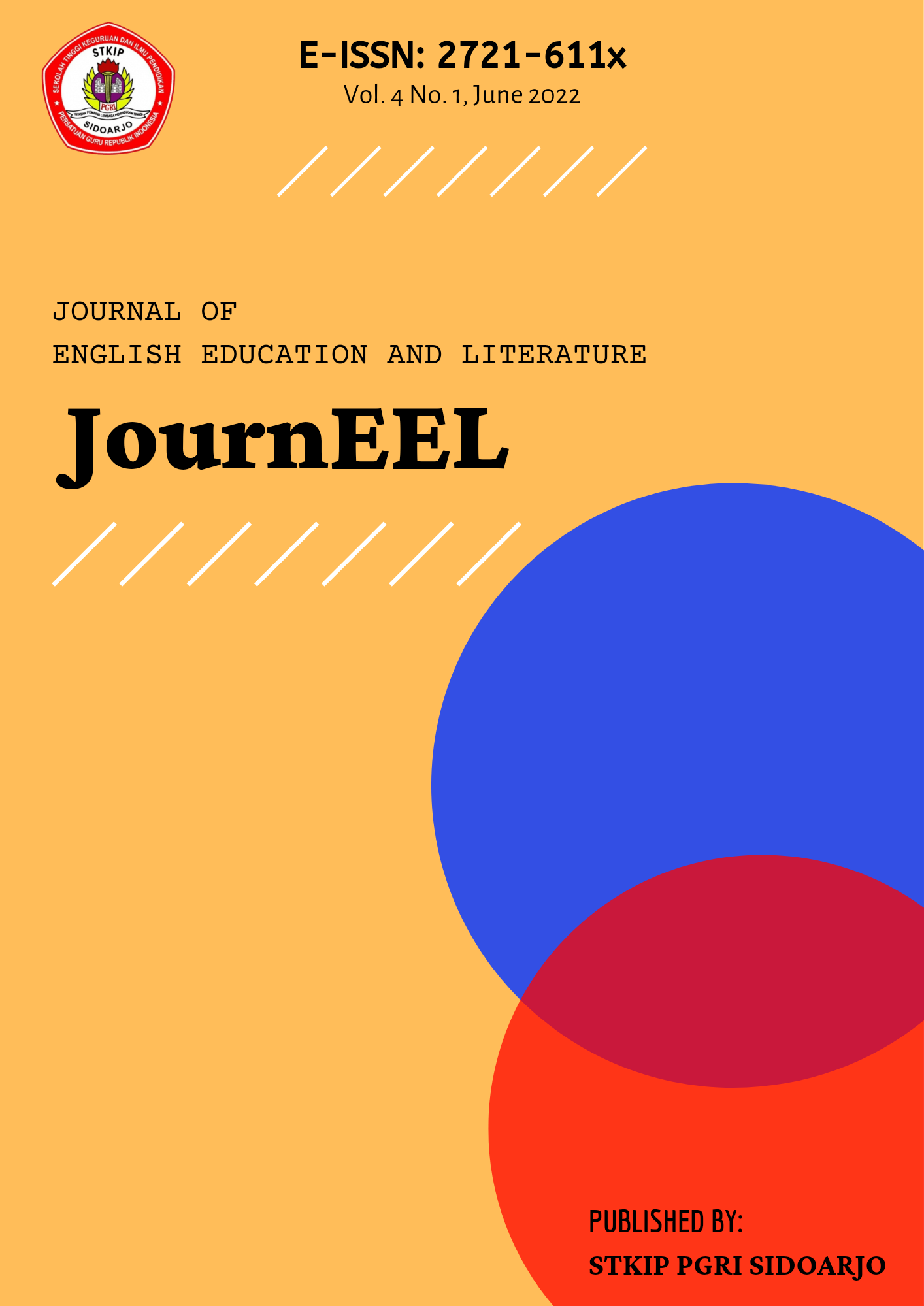Exploring Learners' Learning Styles Preferences: Finding Out the Best Way to Teach ESP
Abstract
One important key to successful English for Specific Purposes (ESP) is through managing the classrooms. Identifying learners’ learning style preferences can assist teachers in creating a learning environment that is appropriate for the learners. The aim of this study is to explore learners’ learning styles and their impacts on the teaching of ESP. This study involved 284 learners from three different departments, i.e., the tour and travel business department, the tourism department, and the tourism department. The data was collected by using Reid’s Perceptual Learning Styles Preferences Questionnaire (PLSQ). This questionnaire divided learning styles into 4 categories, i.e., auditory, kinaesthetic, visual, and tactile learning styles. It also divided the learning styles into two, i.e., group and individual. This study revealed that most learners were auditory and kinaesthetic learners. Only a few learners were visual and tactile learners. This study also reveals that most learners preferred to work in groups rather than work individually. Considering these findings, learners must participate in determining the activities and environment for teaching a learning process to avoid mismatching between learners’ learning styles and teaching-learning methods. This study offers six recommendations that can be used as a guideline when conducting ESP in the various learning styles preferences.
References
Baker, W., Lang, M., & Lawson, A. 2002. Classroom management for successful student inquiry. The Clearing House, 75(5), 248-252. Retrieved May 4, 2020, from www.jstor.org/stable/30189753
Beaty-O'Ferrall, M., Green, A., & Hanna, F. 2010. Classroom management strategies for difficult learners: Promoting change through relationships. Middle School Journal, 41(4), 4-11. Retrieved May 4, 2020, from www.jstor.org/stable/23044778
Boström, L. 2011. Learners’ learning styles compared with their teachers’ learning styles in upper secondary school – a mismatched combination. Education inquiry. 2(3). 475 – 495.
De Vita, G. 2001. Learning styles, culture and inclusive instruction in the multicultural classroom: A business and management perspective. Innovation in education and teaching international. 38(2). 165 – 174.
Dörnyei, Z. 2005. The psychology of the language learner: Individual differences in second language acquisition. Mahwah, NJ: Lawrence Erlbaum Associates, Inc.
Gilakjani, A. P., & Ahmadi, S. M. 2011. The effect of visual, auditory, and kinaesthetic learning styles on languae teaching. International conference on social science and humanity. 5. 469 – 472.
Gilakjani, A. P. 2012. Visual, auditory, kinaesthetic learning styles and their impacts on English language teaching. Journal of studies in education. 2(1). 104 – 113.
Hussain, N., & Ayub, N. 2012. Learning styles of learners and teaching styles of teachers in business education: A case study of Pakistan. International conference on education and educational psychology (ICEEPSY). 1737 – 1740.
Newton, M. P., & Miah, M. 2017. Evidence-based higher education – is the learning styles ‘myth’ important. Frontiers in psychology. 8. 1 – 9.
Palaniyammal, R., & Shanmugam, L. 2018. Interactive teaching method and learning style. Journal of applied and advanced research. 3(1). 7 – 10.
Palumbo, A., & Sanacore, J. 2007. Classroom management: Help for the beginning secondary school teacher. The Clearing House, 81(2), 67-70. Retrieved May 4, 2020, from www.jstor.org/stable/30189959
Pourshahian, B., Gholami, R., Vaseghi, R., Kalajahi, S.A. (2012). Needs of an ESL context: A case study of iranian graduate learners. World Applied Sciences Journal, 17(7), 870 – 873.
Razawi, et.al. 2011. Learners’ diverse learning styles in learning English as a second language. International journal of business and social science. 2(19). 179 – 186.
Reid, M. J. 1987. The learning styles preferences of ESL learners. TESOL Quarterly. 21(1). 87 – 111.
Wong, H., Wong, R., Rogers, K., & Brooks, A. 2012. Managing your classroom for success. science and children, 49(9), 60-64. Retrieved May 4, 2020, from www.jstor.org/stable/43747385
Wright, T. 2005. Classroom management in language education. Fifth Avenue, NY: Palgrave Macmillan.


.png)






.jpg)



